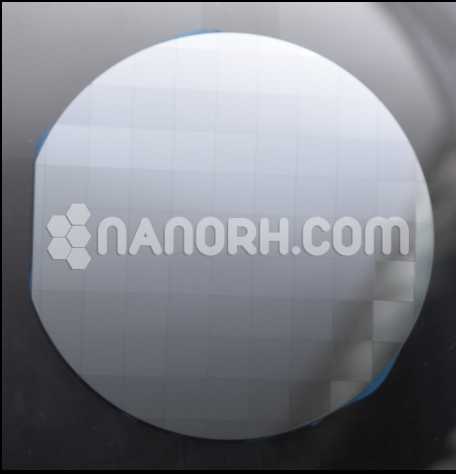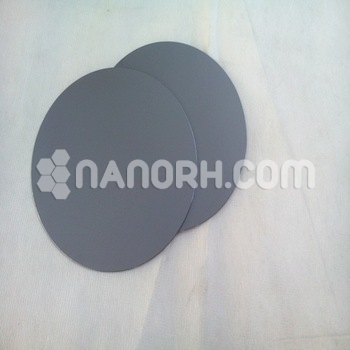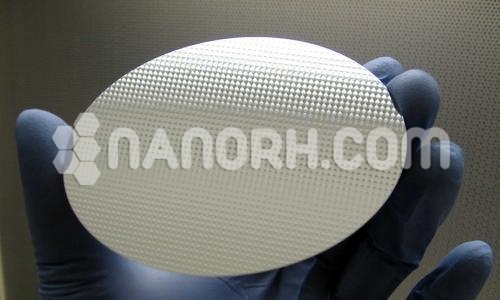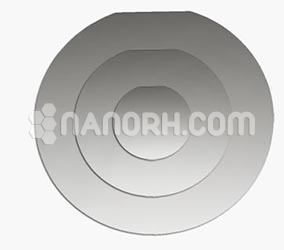| Boron Oxide Doped Silicon Wafer | |
| Product No | NRE-44005 |
| Type | p-Type |
| Formula | B-Si |
| Crystal method | CZ |
| Purity | NA |
| Thickness | 250-500μm |
| Diameter (mm) | 2” (50.8mm) |
| Doping | Boron |
| Resistivity | 1-10ohm-cm |
| RRG (%) | ≤12 |
| Oxygen Contents (ppma) | 12.5-16.5 |
Boron Oxide Doped Silicon Wafer
Introduction:
Boron oxide doped silicon wafer are specialized materials used in semiconductor applications. By introducing boron oxide into the silicon lattice, these wafers exhibit unique electrical and optical properties that enhance their performance in various electronic devices. Boron oxide can also serve as a dopant during the manufacturing of silicon wafers, influencing characteristics like conductivity and crystallinity.
Properties
Doping Mechanism: Boron oxide introduces boron atoms into the silicon lattice, creating P-type conductivity through the formation of holes.
Thermal Stability: Boron oxide can improve the thermal properties of silicon, making the wafers more resilient under high-temperature processing conditions.
Electrical Characteristics: The addition of boron oxide affects the electronic band structure, which can enhance the performance of devices made from these wafers.
Applications
Integrated Circuits (ICs): Used in the fabrication of microprocessors and memory chips, where tailored electrical properties are crucial for performance.
Optoelectronic Devices: Employed in the production of photodetectors and LEDs, leveraging the unique optical properties of boron oxide.
Thin-Film Transistors (TFTs): Important in display technologies, such as LCDs, where electrical characteristics significantly impact performance.
Sensors: Utilized in various sensor applications, including pressure and temperature sensors, benefiting from enhanced sensitivity and stability.
Solar Cells: Can be used to optimize the efficiency of photovoltaic cells by improving charge carrier mobility and reducing recombination rates.




